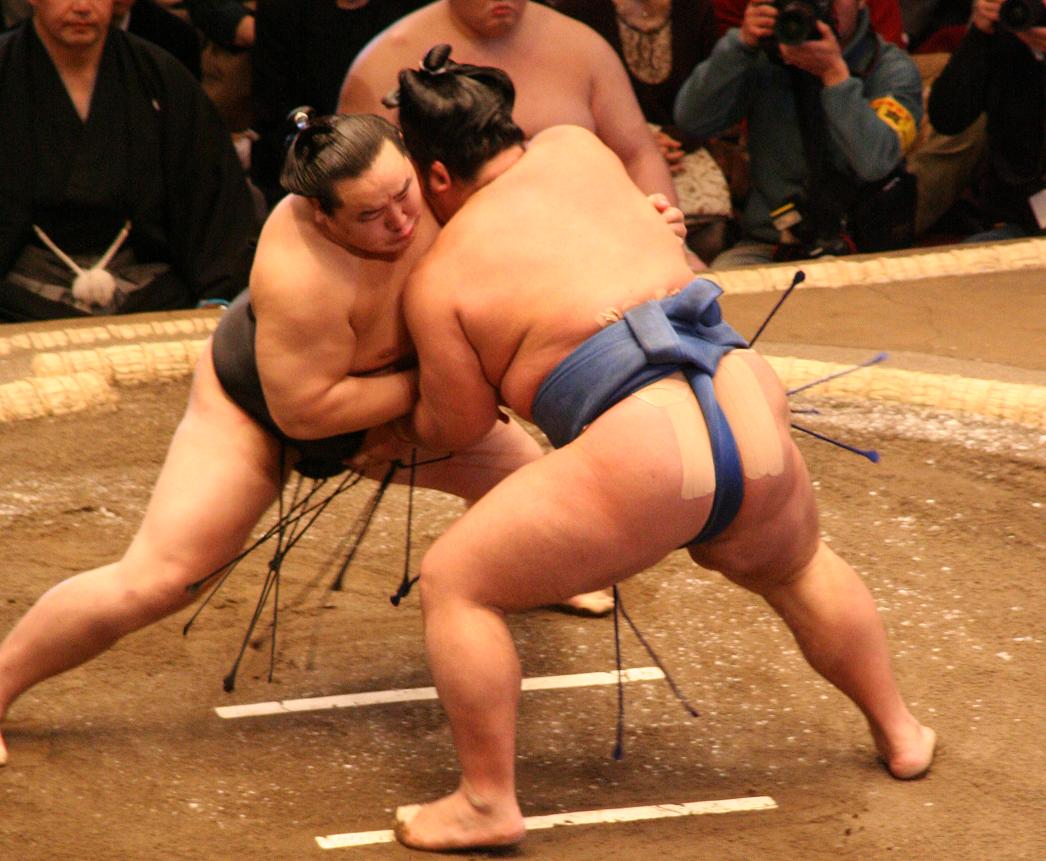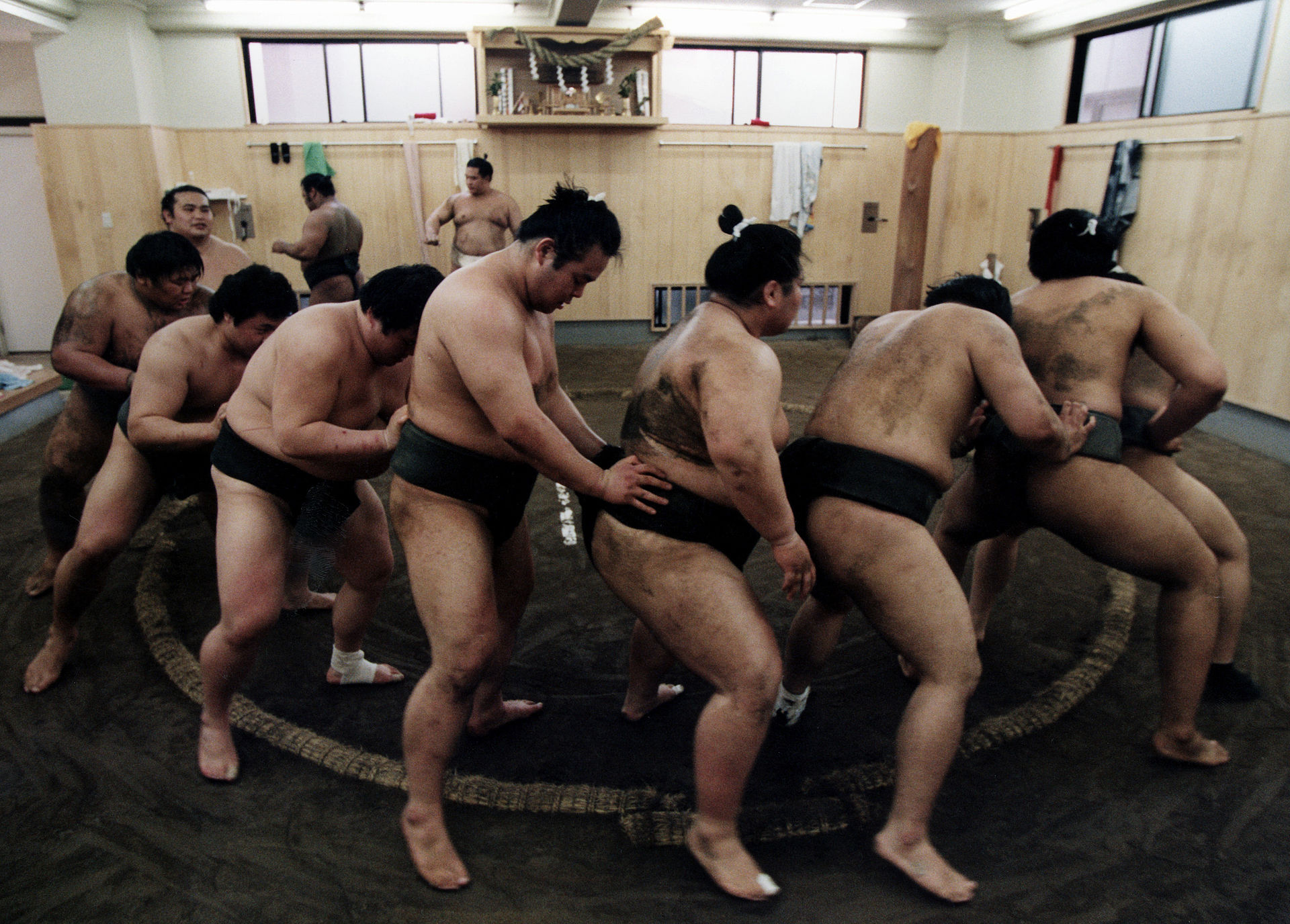
Sumo wrestlers can eat up to 10,000 calories a day and weigh 120 to 200 kilos, or two to three times as much as the average adult. By any standard, the sumo wrestler would be considered obese. And yet they don’t suffer from afflictions normally associated with obesity.
While the Sumo wrestler’s lifestyle may not sound like the healthiest, but take a closer look, and you’ll discover that it really is what’s on the inside that counts.
Their plasma glucose and triglyceride levels are normal. Even their cholesterol levels are low. How is it that they can escape the health effects of excess weight in ways the rest of us cannot?
Normally, people with obesity store a portion of their extra fat deep inside the abdomen, where it wraps around the pancreas, liver, and other vital organs.
This ‘visceral fat’ can pollute the blood with molecules that can cause inflammation, and this is why obesity can lead to health issues like high blood pressure, Type 2 diabetes, and heart attacks.
A study using computer tomography imaging looked at the fat deposits on sumo wrestlers. The study revealed that although the wrestlers have enormous bellies, most of their abdominal fat is stored immediately under the skin, and not behind the stomach wall within the gut or visceral area.
This fat distribution is crucial to understanding body fat and health. Why sumo wrestlers store the fat beneath the skin instead of viscerally inside the body is due to a hormone called adiponectin.
While sumo wrestlers are not what comes to mind when we think of fit athletes, their training routines are quite intense. At a sumo stable, or ‘heya’, in Japan, training starts as early as 5 a.m. and can last for up to five hours straight.

Exercise increases the secretion of the hormone called adiponectin. Adiponectin guides glucose and fat molecules out of our bloodstream, where they could build up as visceral fat, and instead puts them underneath the skin.
This hormone also sensitizes the body’s response to insulin. It also removes from circulation toxic lipids known as ceramides, which contribute to insulin resistance, inflammation, and cell death.
Sumo wrestlers are only protected from health risks so long as they continue their intense training. As soon as the exercise stops, so does its benefits.
When sumo wrestlers retire, they have to seriously cut calories or they become at risk for cardiovascular disease. That might explain why retired wrestlers reportedly die an estimated 10 years younger than the average Japanese citizen.
Reference:
Gerald V. Denis and James A. Hamilton Healthy obese persons: How can they be identified and do metabolic profiles stratify risk? doi: 10.1097/01.med.0000433058.78485.b3











![OpenAI. (2025). ChatGPT [Large language model]. https://chatgpt.com](https://www.illustratedcuriosity.com/files/media/55136/b1b0b614-5b72-486c-901d-ff244549d67a-350x260.webp)
![OpenAI. (2025). ChatGPT [Large language model]. https://chatgpt.com](https://www.illustratedcuriosity.com/files/media/55124/79bc18fa-f616-4951-856f-cc724ad5d497-350x260.webp)
![OpenAI. (2025). ChatGPT [Large language model]. https://chatgpt.com](https://www.illustratedcuriosity.com/files/media/55099/2638a982-b4de-4913-8a1c-1479df352bf3-350x260.webp)








